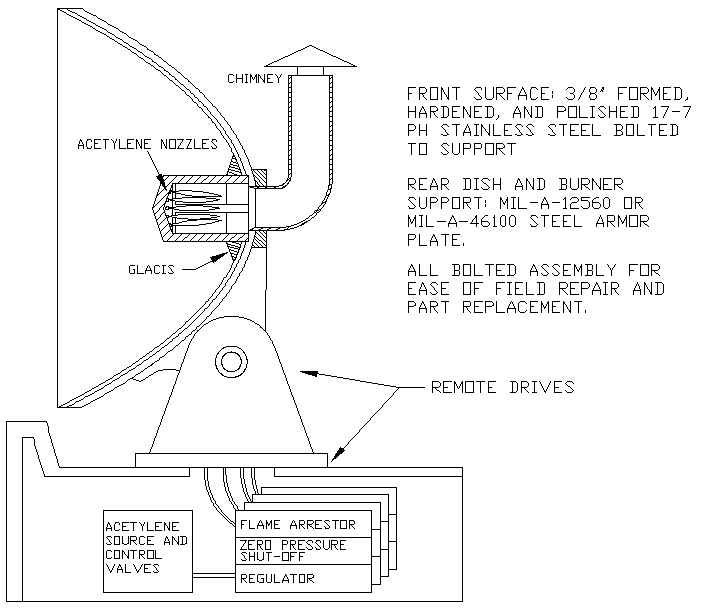After losing 40 pounds over several years my BMI is now the same as it was when I was in the Army … 50 years ago. BMI is a formula* used to classify people as underweight, normal, overweight, or obese. These classes are used as predictors of health, originally intended as guidance for physicians. When I was in the Army I was in the best shape of my life. Since I now have the same BMI I should be perfectly healthy and (after 50 years of a sedentary career) should fit into the same clothes. Of course I do not. My waist size is still 3 or 4 inches larger and I no longer have the same muscle mass. While reasonably accurate for mass sedentary populations, BMI treats fat just like muscle and is biased against taller, younger, and athletic people. Many champion athletes and action movie stars rate as overweight or even obese under the BMI.
* BMI = kg / m² = 10,000 x kg / cm² = 703 x lb / in² Note that this formula requires access to a weight scale, more math than some people are comfortable with, and needs a correction factor depending upon the units used. Proposed new formulas suggest a 1.3 multiplier and raising height to the 2.5 power, not the kind of thing everyone understands. Other tweaks include things like multiplying your BMI by your serum albumin level in grams per liter.
BMI is a crock. It is also an inferior predictor of health outcomes. This is not news. The main social problem is that it has evolved from guidance for physicians into a absolute mandate for the bureaucrats who run our children’s lives and is used to bully athletic school children who have more muscle and less fat than their compatriots.
A much better metric is the waist-height ratio. Measure your waist and divide by your height. Simple. All you need is a tape measure. It doesn’t matter if it’s in inches, centimeters, or old Russian vershoks. WHtR does a far superior job of accounting for muscle versus fat. A 2010 study that followed 11,000 subjects for up to eight years concluded that WHtR is a much better measure of the risk of heart attack, stroke or death than the more widely used body mass index.
The US Army has recently switched to WHtR after determining that it is a better metric for body condition. Even the creators of the BMI maintain that it was only intended for population comparisons, not individual comparisons which it is not suited for. The question arises, why did they come up with BMI when they knew its shortcomings. Ah. They were studying available population records to include health, longevity, and demographic data. Consider your driver’s license data. It contains height, weight, and age but NOT your waist size. Waist size is simply not available in public data bases so they used what was available, height and weight, reasonable for populations but not individuals.
In any case, unlike BMI, waist-height ratio sorts people into a reasonable order:
0.3359 Marilyn Monroe
0.4240 Female college swimmer
0.4280 Male college swimmer
0.4580 Bodybuilder
0.4920 Female at increased risk
0.5000 General healthy cutoff
0.5100 Risk equivalent to BMI of 25
0.5360 Males at increased risk
0.5700 Risk equivalent to BMI of 30
0.5770 Obese
0.5820 Substantial risk increase
As for me, my WHtR tells me I have a ways to go yet.
———————————————————-
The spambots are getting out of hand : Please leave comments using the post in my comments category. 🙂

